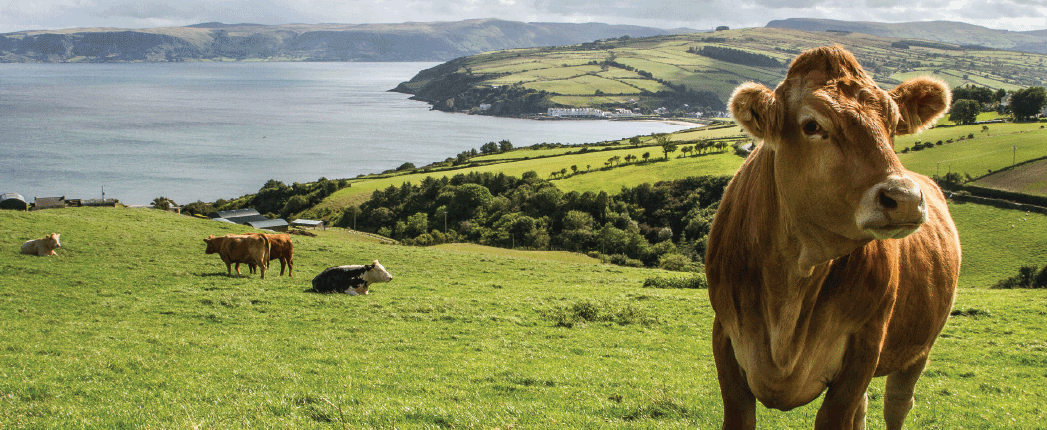
As mild weather fronts from the Atlantic drift eastward over Europe, they make landfall in Ireland. During my most recent trip there earlier this year I asked myself: Green it is in color, but is it really green in terms of sustainability?
Warm temperatures and high rainfall have blanketed Ireland in lush pasture, giving rise to its nickname, the Emerald Isle. Its poetic name is “Green Island,” and American country singer Johnny Cash wrote and performed the song “Forty Shades of Green” about it.
However, Ireland’s natural heritage has been gradually whittled away by human exploitation, pollution and other symptoms of modern development, as a governmental report noted in 1969. Even then, long before the term “climate change” was coined, the country’s environmental watchdogs were concerned the island wasn’t quite as green as the tourist brochures indicated.
According to the latest report from the Environmental Protection Agency released on June 1, Ireland is projected to fall short of its climate targets. The report indicates the country will have managed to reduce greenhouse gas emissions by below 30% by 2030, compared with a target of above 50%. Almost all sectors will exceed their national sectoral emissions ceilings for 2025 and 2030, including electricity, transport, industry and agriculture.
Reaching the 2030 target requires implementing policies that deliver emission reductions across all sectors in the short term. According to the EPA, Ireland needs to fully implement the actions outlined in the 2023 Climate Action Plan, including some that currently don’t have associated policies and measures, such as diversification in agriculture.
Crushing Cows for Climate?
From an environmental perspective, the agriculture sector is causing some of the most profound challenges in Ireland. Total emissions from agriculture are targeted to decrease by 4%-20% between 2021 and 2030. Savings are projected from a variety of measures, including switching to alternative types of fertilizer and limiting the usage of nitrogen fertilizers and bovine feed additives.
Can they also come from culling several thousand cows? An internal Department of Agriculture report seems to think so. It proposes reducing the country’s cattle herd by about 200,000 cows over the next three years to meet the European Union’s climate targets.
To assuage the alarm of Ireland’s 18,000 farmers, the government said it would offer “voluntary, financially attractive options, which include diversification.” The Irish Independent reported that this could mean paying farmers €3,000 per cow, or €200
million annually by 2025.
The environmental impact of cows in Ireland demonstrates that doing too little too late can result in immense financial and environmental costs.
What salutary lesson can we learn from this? Maybe the time to act is now. If an industry as integral to the economy and as high in the public consciousness as agriculture is struggling to meet climate targets, what about other sectors, such as the lubricants industry?
If the butter advertisements are anything to go by, Irish cows are the happiest in the world. But if they could read what’s proposed by the Ministry of Agriculture, it might curdle their milk, resulting in “No Milk Today.” But that’s a song for another column.
STAY SuSTAYnable!
Apu Gosalia is a sustainability expert. He can be reached at apurva.gosalia@web.de.